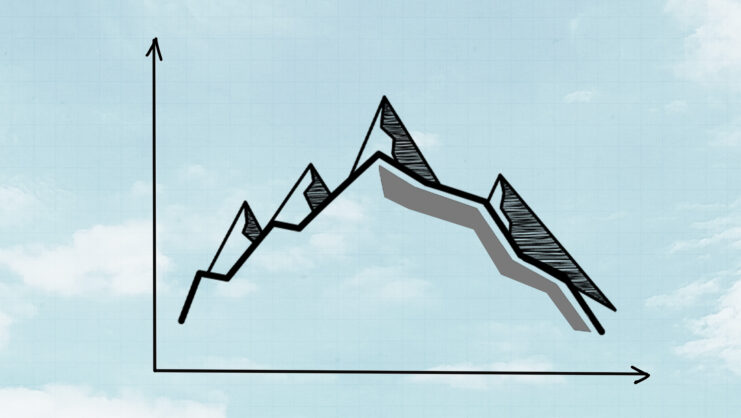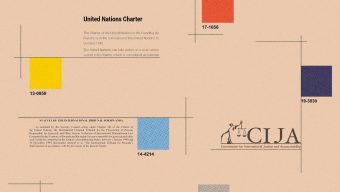The broad consensus on the benefits of free trade dates back to the time of economist David Ricardo. According to Ricardo’s theory of comparative advantage, countries should focus on what they are most efficient at producing and export these goods or services to other nations. It is more profitable for countries to concentrate on the sectors where they have the most experience and capacity for success. This increased profitability, in turn, leads to greater economic well-being across the globe.
According to this theory, restrictions on the exchange of goods and services—trade barriers and tariffs—actually make consumers poorer by forcing them to shoulder most of the costs of protectionism.
Despite the benefits of free trade, the political reality is quite different. Each country has its own preferences and ideas about how to organize its economy and its social and redistribution policies. Indeed, states have many substantial reasons for imposing restrictions on free trade.
The more complex question is precisely how to do this, since it involves striking a balance between meeting domestic needs and respecting the international framework prescribed by the World Trade Organization (WTO).
The focus of international trade negotiations has shifted to standards of regulation and production of goods and services.
Multilateral negotiation
With the adoption of the General Agreement on Tariffs and Trade (GATT) in 1947, the global community signaled a growing desire for free trade and established a set of rules that would govern all international transactions.
The founding of the WTO in 1995 further confirmed this idea. With a current membership of nearly 170 countries, the WTO is responsible for establishing a common framework for relations among member states.
The key principle of the WTO is non-discrimination, which requires that states extend equal treatment to domestic and foreign operators.
Member states are free to design domestic trade policies and establish tariffs as a protectionary measure. However, in order to guarantee legal and economic certainty, once a tariff has been established, WTO member states are legally obliged to apply it to imports from other WTO members, except under exceptional circumstances.
Tariffs remain a reality, although at present they are relatively low—under 3%, on average. As tariff rates have decreased, the focus of international trade negotiations has shifted to standards of regulation and production of goods and services.
However, it is not easy to adopt such standards multilaterally. In fact, new rules are increasingly being negotiated and established bilaterally or regionally among countries that share a similar outlook, since it is easier to reach agreements this way. In terms of international trade, this approach carries the risk of fragmentation and the emergence of multiple regimes around the world.
Countries enter into preferential trade agreements for reasons beyond mere trade liberalization.
Preferential trade agreements
If WTO members are expected to follow the principle of non-discrimination, how have nearly all countries managed to adopt more beneficial trade agreements with certain trading partners?
Theoretically, preferential trade agreements (PTAs) are only possible under exceptional circumstances and must meet certain conditions. For example, countries are not allowed to liberalize only the trade of certain goods; agreements must instead substantially encompass all exchanges between the signatory countries. In reality, however, all WTO member states have at least one PTA, most have more than one, and not all of these agreements comply with the WTO’s conditions.
There are various types of PTA, each with a different degree of economic integration. The lowest level of integration is achieved by a free trade area, where several countries mutually agree to limit or eliminate the barriers between them. One example is the North American Free Trade Agreement (NAFTA) in the United States, Canada and Mexico.
The next level of integration is a customs union, where, in addition to liberalizing trade, members adopt a common foreign trade policy by applying the same tariffs to third countries and eliminating tariffs on one another. One example is MERCOSUR, a customs union formed by Argentina, Brazil, Uruguay Paraguay and Venezuela.
The highest—and deepest—level of integration is a single market, where, in addition to adopting the same tariff system, member countries allow freedom of movement for resources, capital and workers. The European Union is a case in point.
Countries enter into PTAs for reasons beyond mere trade liberalization. Indeed, these agreements have become vehicles of geopolitical strategy. Powerful countries use them to obtain greater regional influence and get other countries to adopt their regulation and production standards.
Despite the limitations of the global framework and efforts by some countries to limit the WTO’s influence, this organization provides a system of rules that apply to all economies, whether large or small. The trend away from multilateral negotiations in favor of bilateral agreements not only runs the risk of fragmentation but also prevents smaller and developing countries from gaining access to certain markets.
In addition to these challenges, the trade war between the United States and China and the uncertainty surrounding the new relationship between the United Kingdom and the European Union are sources of significant anxiety for the international community.
© IE Insights.











